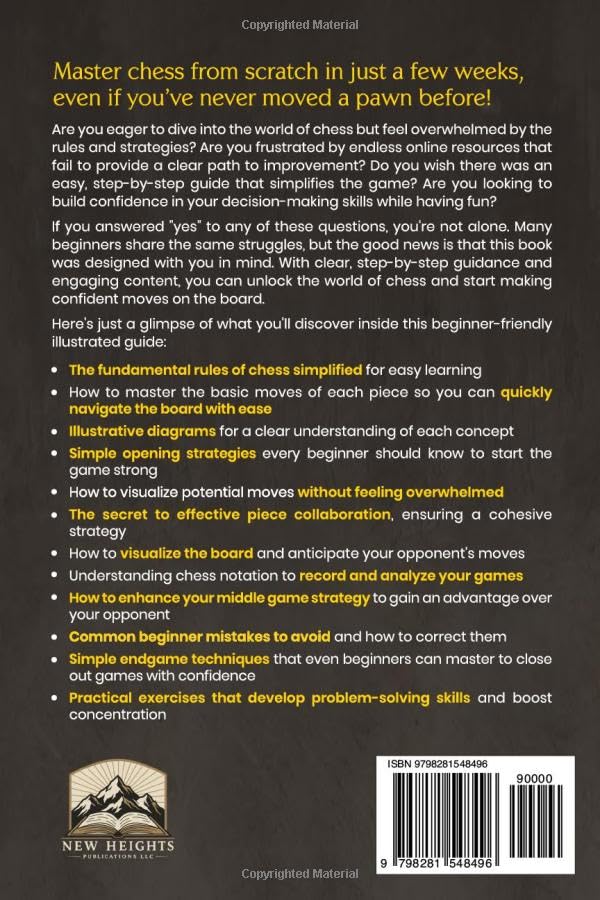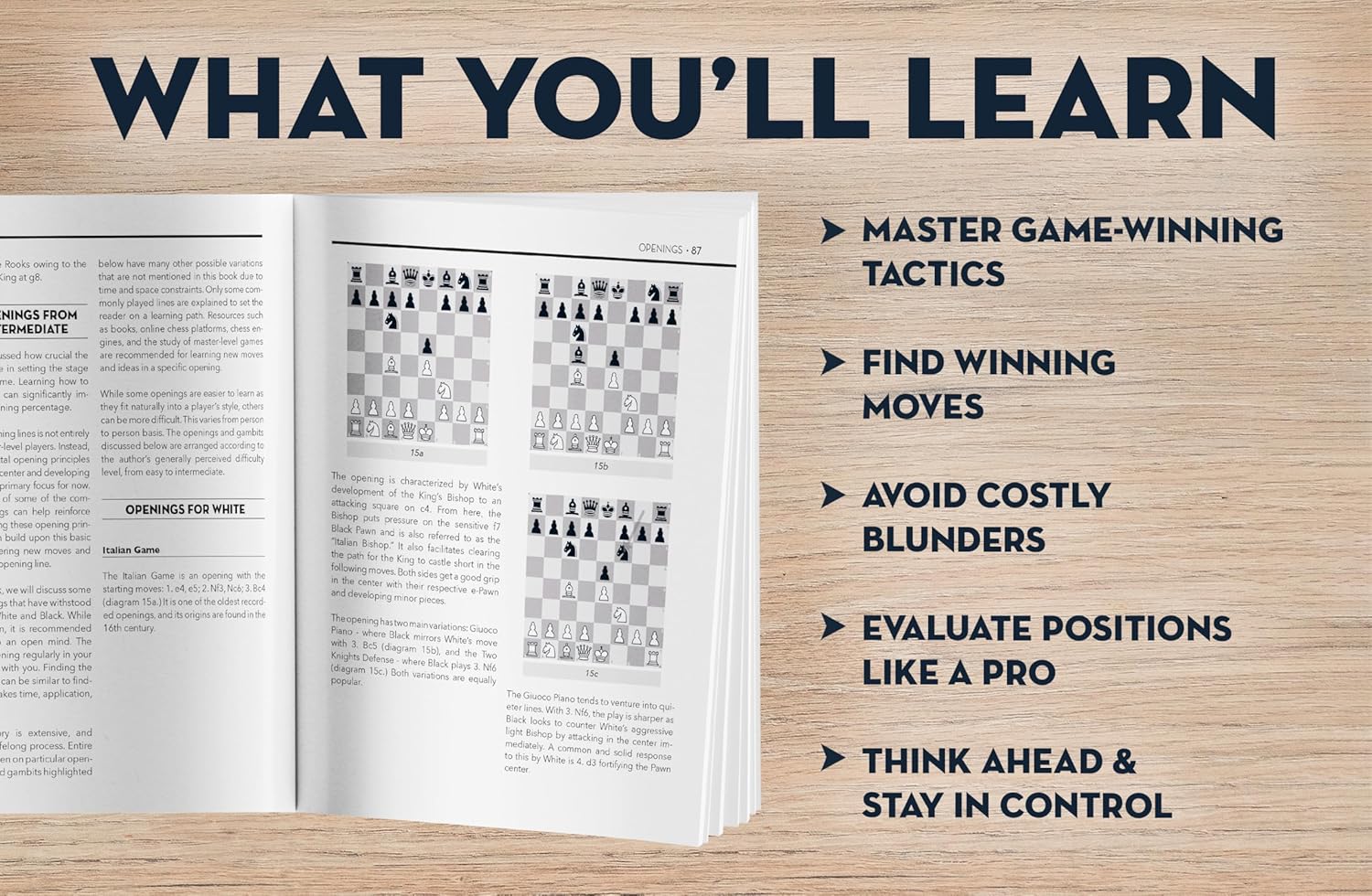How to Analyze Your Chess Games Like a Grandmaster
ChessReviewPro Team
August 3, 2025
18 min read

The Grandmaster's Analytical Mindset
Chess mastery requires transforming raw game data into strategic wisdom. Unlike casual review, grandmasters approach analysis as forensic investigation – systematically deconstructing decisions to build cognitive frameworks. This comprehensive methodology turns losses into learning accelerators and wins into replicable patterns. We'll examine the structured protocols used by elite players to extract maximum insight from every game.
Phase-Based Analysis Framework
Opening Autopsy: Beyond Theory Memorization
Grandmasters evaluate openings through three lenses: theoretical soundness (database verification), strategic coherence (plan-execution alignment), and psychological effectiveness (opponent discomfort). Create an opening report card scoring: novelty timing (when you deviated from theory), pawn structure understanding, and development efficiency. Annotate each move's purpose – vague intentions indicate conceptual gaps.
Critical Moment Identification Protocol
Identify game pivots using the TACT system: Tactical oversights (missed combinations), Assessment shifts (evaluation changes), Clock inflection points (time pressure decisions), and Transition zones (phase changes). Mark these moments with symbolic notation on your scoresheet during review. Studies show masters identify 3x more critical moments than amateurs by examining positional tension indicators rather than just material changes.
Endgame Precision Mapping
Construct endgame decision trees documenting every candidate move with corresponding win/draw percentages. Grandmasters focus on technique refinement: king activation metrics, pawn breakthrough timing, and zugzwang creation. Use geometric visualization for piece coordination – calculate optimal defensive formations and penetration routes. Record theoretical knowledge gaps in an endgame index for targeted study.
Calculation Depth Training System
Develop multi-layered calculation through the BRV method: Branches (map all forcing moves), Refutations (find opponent counterplays), and Validation (engine-free verification). Implement calculation sprints: Set 10-minute sessions analyzing complex positions without moving pieces. Track visualization clarity, variation depth, and error rates. Gradually increase complexity from 3-move to 7-move combinations. Analyze blindfold accuracy weekly to strengthen mental modeling.
Technology Integration Framework
Engine-Assisted Analysis Protocol
Use engines in three phases: First pass (identify evaluation cliffs without lines), Second pass (study top engine suggestions), Third pass (human validation of computer plans). Set engine depth to 35+ for reliable assessment. Filter engine suggestions through strategic filters: pawn structure integrity, piece harmony, and endgame conversion potential. Never accept engine moves without understanding the underlying principles.
Database Cross-Referencing Technique
Contextualize your games within master practice. For opening positions, find analogous grandmaster games and compare strategic approaches. For endgames, reference theoretical databases like Lomonosov Tablebases. Create a 'model game' repository matching your style – when facing unfamiliar positions, consult how your stylistic analogs responded.
Structured Analysis Routine
Implement the 70/30 review system: 70% analysis without engine, 30% with technological validation. Maintain four analysis notebooks: Tactical Oversights (missed combinations), Strategic Misjudgments (planning errors), Time Management (clock inefficiencies), and Psychological Factors (emotional decision-making). Weekly synthesis sessions identify recurring patterns across games. Utilize color-coded annotation: blue for strategic insights, red for tactical errors, green for psychological factors.
Cognitive Bias Mitigation
Result Distortion Countermeasures
Combat 'winner's bias' by analyzing games anonymously – remove player names and results before review. Implement the 'flipped perspective' technique: After initial analysis, pretend you're the opponent analyzing your play. For losses, write an improvement prescription before reviewing engine data.
Engine Dependency Prevention
Develop 'human evaluation benchmarks': Before checking engines, document your position assessment using criteria like space advantage, piece activity, and king safety. Track your assessment accuracy rate monthly. Practice 'analog analysis' quarterly: print games and analyze without digital tools for deeper strategic absorption.
Advanced Pattern Recognition Development
Create personalized tactical matrices: Categorize errors by motif type (pins, forks, skewers) and board sector. Develop strategic weakness flashcards documenting recurring mistakes in specific structures (isolated pawns, bad bishops). Build your 'error frequency chart' to prioritize study topics. Implement pattern recognition drills: Review master games with similar structures to your recurring problems, covering solutions then recalling positions from memory.
From Analysis to Improvement: Implementation Cycle
Transform insights into training modules using the ADEPT method: Analysis → Diagnosis → Education → Practice → Testing. Diagnosed weaknesses become focused training blocks: if endgame technique falters, dedicate 3 sessions to rook endgames. Create 'corrective games' – replay problematic positions with improvement goals. Quantitative tracking is essential: measure error recurrence rates monthly and adjust training accordingly.
Grandmaster Case Studies: Analytical Mastery in Action
Examine Karpov's positional autopsy technique: His notebooks documented minute strategic nuances like pawn structure transformations. Study Carlsen's time management analysis: He categorizes time usage by decision type (calculative vs. intuitive). Analyze Kasparov's innovation tracking system: He maintained databases of novel ideas from his games. Adopt adaptable elements from these systems into your practice.
Conclusion: Building Your Analytical Infrastructure
Elite game analysis transforms chess understanding through structured, honest examination. Implement these protocols incrementally: begin with critical moment identification, then add calculation depth training. Consistent application develops 'analytical intuition' – the grandmaster's ability to rapidly diagnose positions. Remember: quality analysis trumps quantity. Thirty minutes of focused, structured review delivers more value than three hours of aimless clicking. Your analytical rigor directly determines your competitive ceiling.
Recommended Chess Books & Products
How to Win at Chess: The Ultimate Guide for Beginners and Beyond

Beginner Chess Made Easy: Illustrated Guide to Rules, Strategies & Confident Play


The First Chess Book You Should Read: From Beginner to Intermediate







Bobby Fischer Teaches Chess

Share this article with fellow chess enthusiasts!